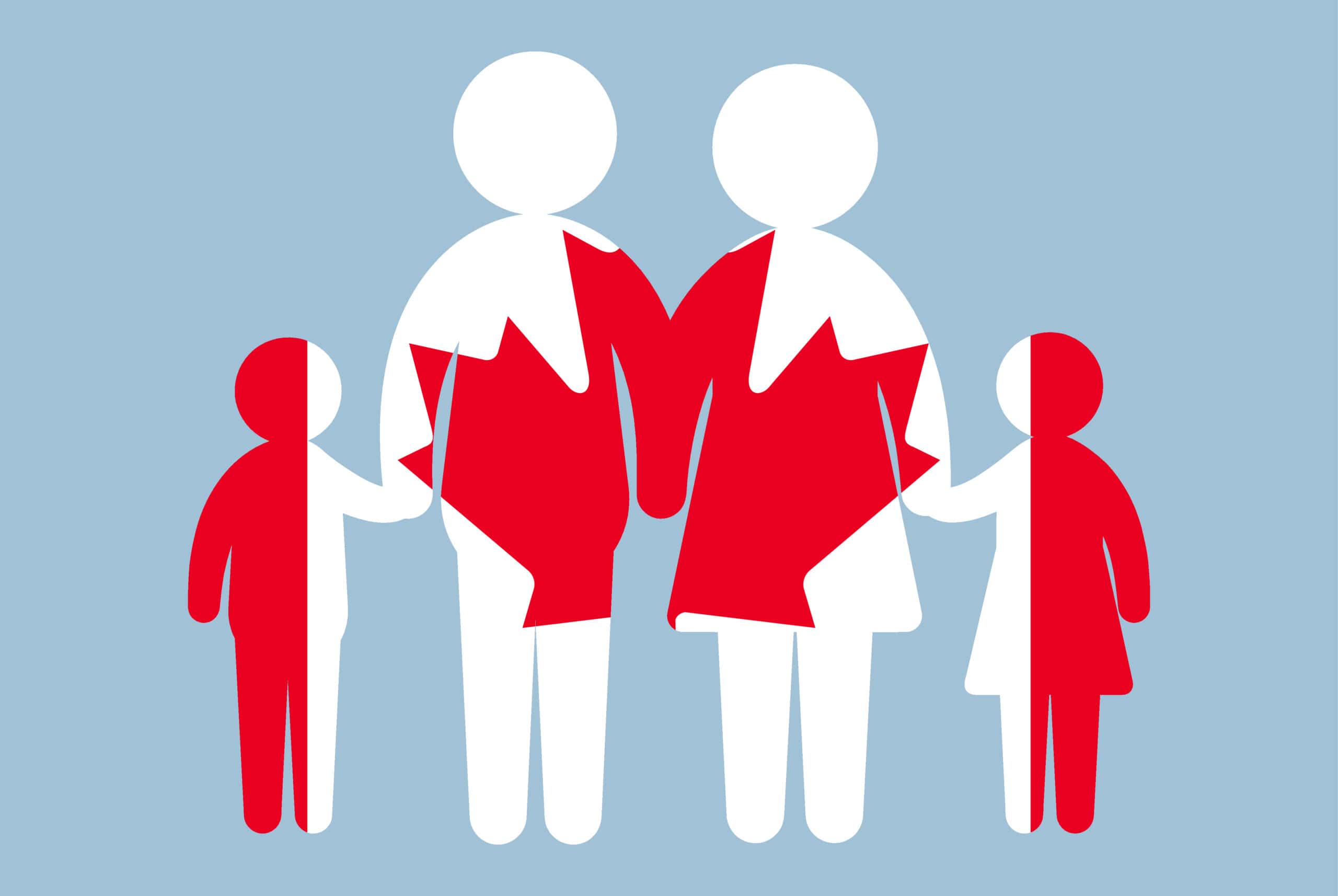Canada needs to do more to help immigrants make as much as Canadian-born workers because there is a persistent pay gap, says the Fraser Institute think tank.
In its report Enhancing Labour Market Outcomes of Immigrants to Canada, the Fraser Institute reveals that studies suggest there is an earnings gap which reflects both lower employment rates and lower employment compensation for immigrants than for their Canadian-born counterparts with similar levels of formal education and training.
“The Canadian government’s plan to increase levels of permanent immigration is predicated on promoting overall economic growth by increasing the supply of labour,” write the Fraser Institute’s Jock Finlayson and Steven Globerman in the report.
“Whether and to what extent this goal is achieved depends heavily on the labour market performance of the immigrant cohorts admitted to Canada.
“In this context, public policies that promote higher employment rates and increased labour productivity of immigrants would strengthen the linkages between rising numbers of permanent immigrants and real economic growth.”
Read More
Advantages of Buying or Starting a Business in Ontario Through the OINP Entrepreneur Success Initiative
Saskatchewan Issues 23 ITAs To Immigrate To Canada In Entrepreneur Draw
Manitoba Issues 558 Canada Immigration Invitations In New PNP Draw
In a nutshell, Finlayson and Globerman argue it is in Canada’s best economic interests to ensure immigrants to Canada earn as much as their Canadian-born counterparts.
They note three primary reasons for that pay gap:
- lack of language proficiency;
- unfamiliarity with Canadian workplace practices, and;
- foreign credential recognition woes.
“The earnings gap between immigrants and their Canadian-born counterparts has been linked most prominently to newly arrived permanent immigrants’ lack of proficiency in one of Canada’s official languages, their unfamiliarity with Canadian workplace cultural practices, and a lack of recognition of foreign credentials and professional experience by prospective Canadian employers and unions,” the report states.
Finlayson and Globerman suggest the pay gap could be reduced or eliminated through special initiatives undertaken by Immigration, Refugees and Citizenship Canada (IRCC).
“One such initiative would be to select a greater percentage of permanent immigrants from the temporary foreign workers and students already in Canada, who are more likely to be familiar with cultural and related features of Canadian society and its labour market practices than are permanent immigration candidates who have never lived and worked in Canada,” they write.
The Fraser Institute report also suggests giving more weight to official language skills under the Comprehensive Ranking System (CRS) points-based system and other such ranking systems for immigration applicants’ profiles.
Video
“Alternatively, the evaluation framework could be modified to require applicants to demonstrate a relatively advanced level of language proficiency in one of the official languages in order to be eligible for entry as a skilled worker, regardless of how well the applicant performs on other criteria in the point-based evaluation system,” write Finlayson and Globerman.
“Given the uncertainty surrounding the quality of many foreign universities and colleges, consideration might also be given to modestly reducing the weight assigned to attained levels of formal education in the points system.”
Boosting the amount of language training offered as part of immigrant settlement services would also help immigrants to Canada be better prepared for the workplace, they suggest.
The report’s authors are bullish on the IRCC’s occupation-targeted Express Entry immigration draws and the prospect of these draws to more precisely match immigrants with labour market needs in Canada.
Occupation-Targeted Draws Potentially Helpful In Resolving Labour Market Outcome Disparities
“This will enable the government to admit more permanent immigrants with very specific qualifications to help meet identified labour market needs and address chronic skill shortages,” they note.
“The revised rules are also intended to encourage more applicants with French language skills-speakers.”
With the IRCC changing Canada’s Express Entry system to allow it to target 82 jobs in healthcare, technology, trades, transport and agriculture this summer, it opened the door to a new pathway to immigration for them.
The flagship Express Entry selection system had previously only conducted draws based on immigration programs, not by targeting specific occupations.
Ottawa made the changes to help resolve serious labour shortages in Canada.
“Everywhere I go, I’ve heard loud and clear from employers across the country who are experiencing chronic labour shortages,” said then-Immigration Minister Sean Fraser.
“These changes to the Express Entry system will ensure that they have the skilled workers they need to grow and succeed. We can also grow our economy and help businesses with labour shortages while also increasing the number of French-proficient candidates to help ensure the vitality of French-speaking communities.”
Candidates hoping to immigrate through Express Entry occupation-targeted draws need at least six months of continuous work experience in Canada or abroad within the past three years in one of these occupations to be eligible, experience that can have been gained while working in Canada as temporary foreign workers with a work permits or as an international student with a student visa.
Labour Market Shortages Were The Driving Force For Occupation-Targeted Express Entry Draws
Under the changes announced at the end of May, the Express Entry streams, including the Federal Skilled Worker (FSW) program, Federal Skilled Trades (FST) program and Canadian Experience Class (CEC), as well as parts of the Provincial Nominee Programs (PNP) are now more responsive to labour market needs.
Canada first signalled its intention to start occupation-specific draws through Express Entry in June last year, when changes were made to the Immigration, Refugee and Protection Act to allow invitations based on occupations and other attributes, such as language ability.
The majority of Canada’s provinces have been issuing occupation-specific invitations for several years.
Under the changes to the act, the immigration minister is required to consult provinces and territories, members of industry, unions, employers, workers, worker advocacy groups, settlement provider organizations, and immigration researchers and practitioners, before announcing new categories.
IRCC must also report to parliament each year on the categories that were chosen and the reason for the choices.
Employment and Social Development Canada (ESDC) says the number of occupations facing shortages doubled between 2019 and 2021. From 2018 to 2022, federal high skilled admissions accounted for between 34 and 40 per cent of overall French-speaking admissions outside Quebec, which manages its own immigration intake.





